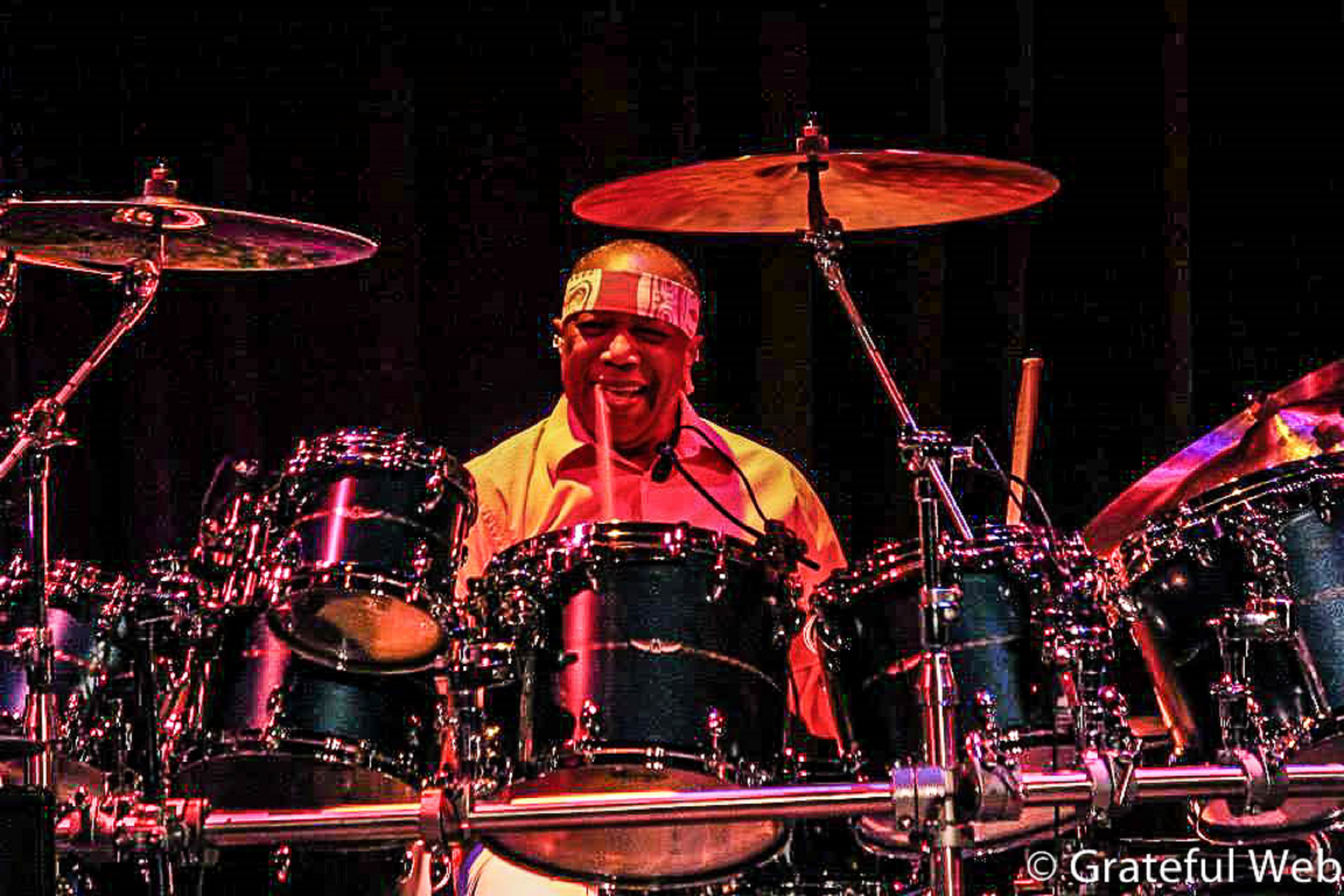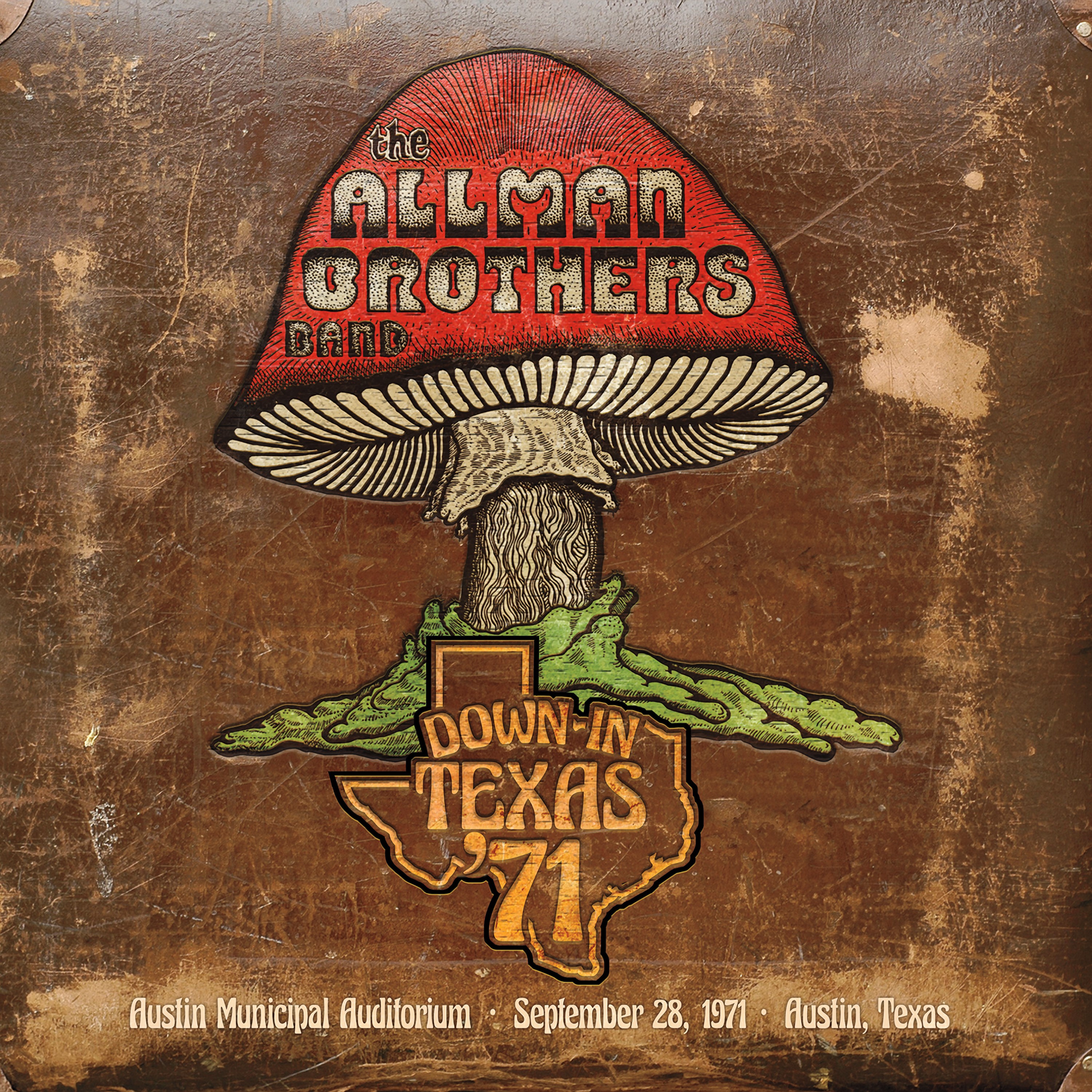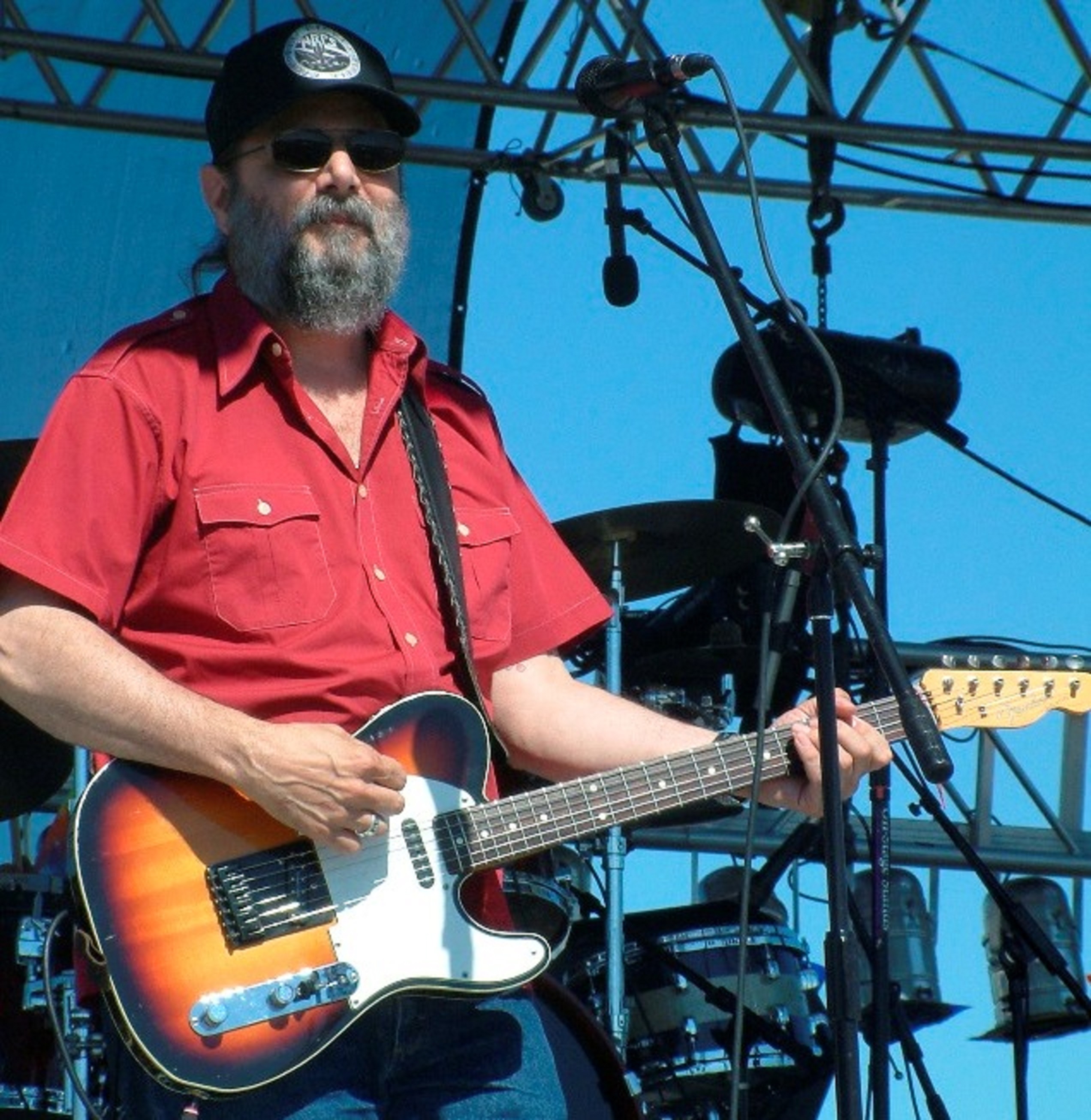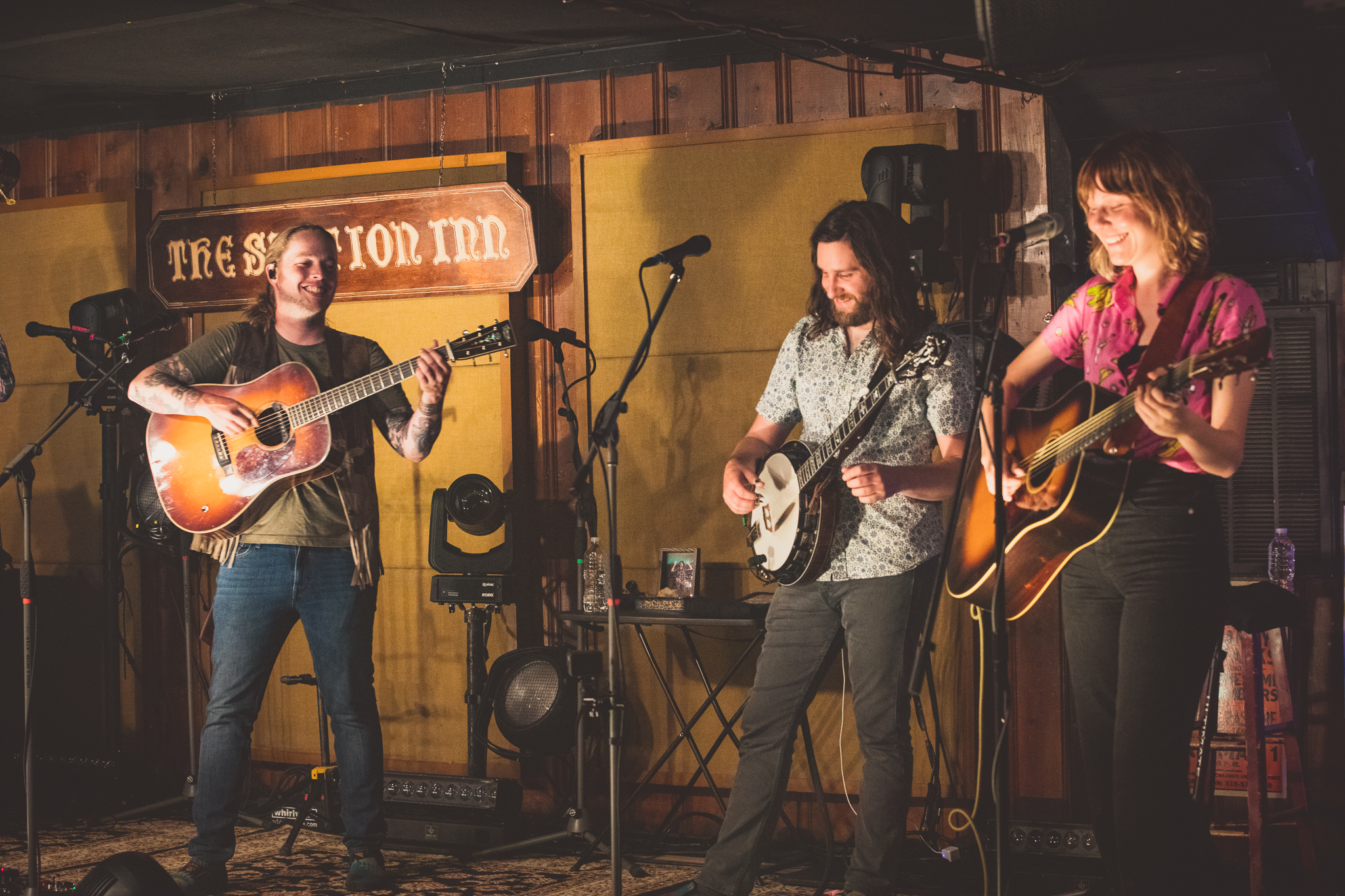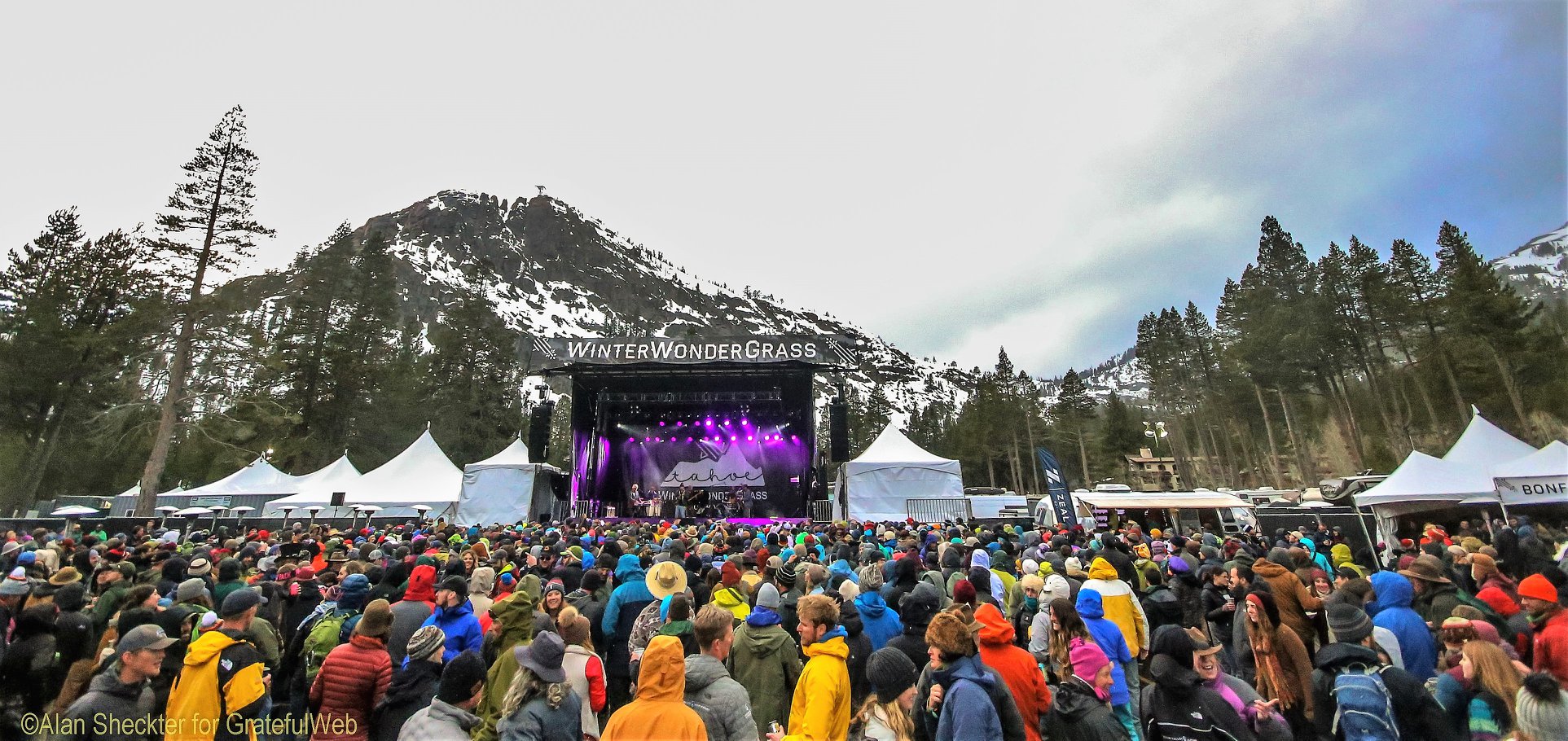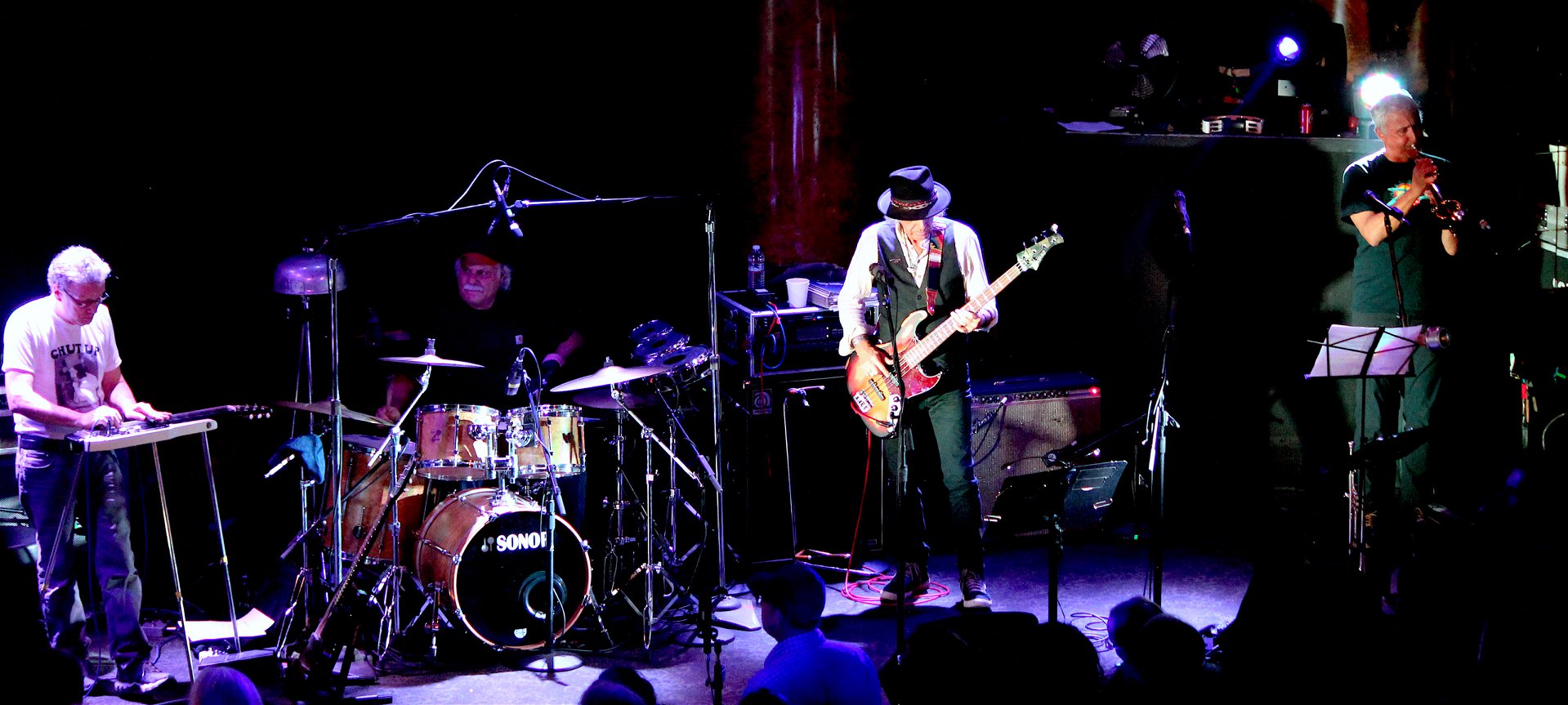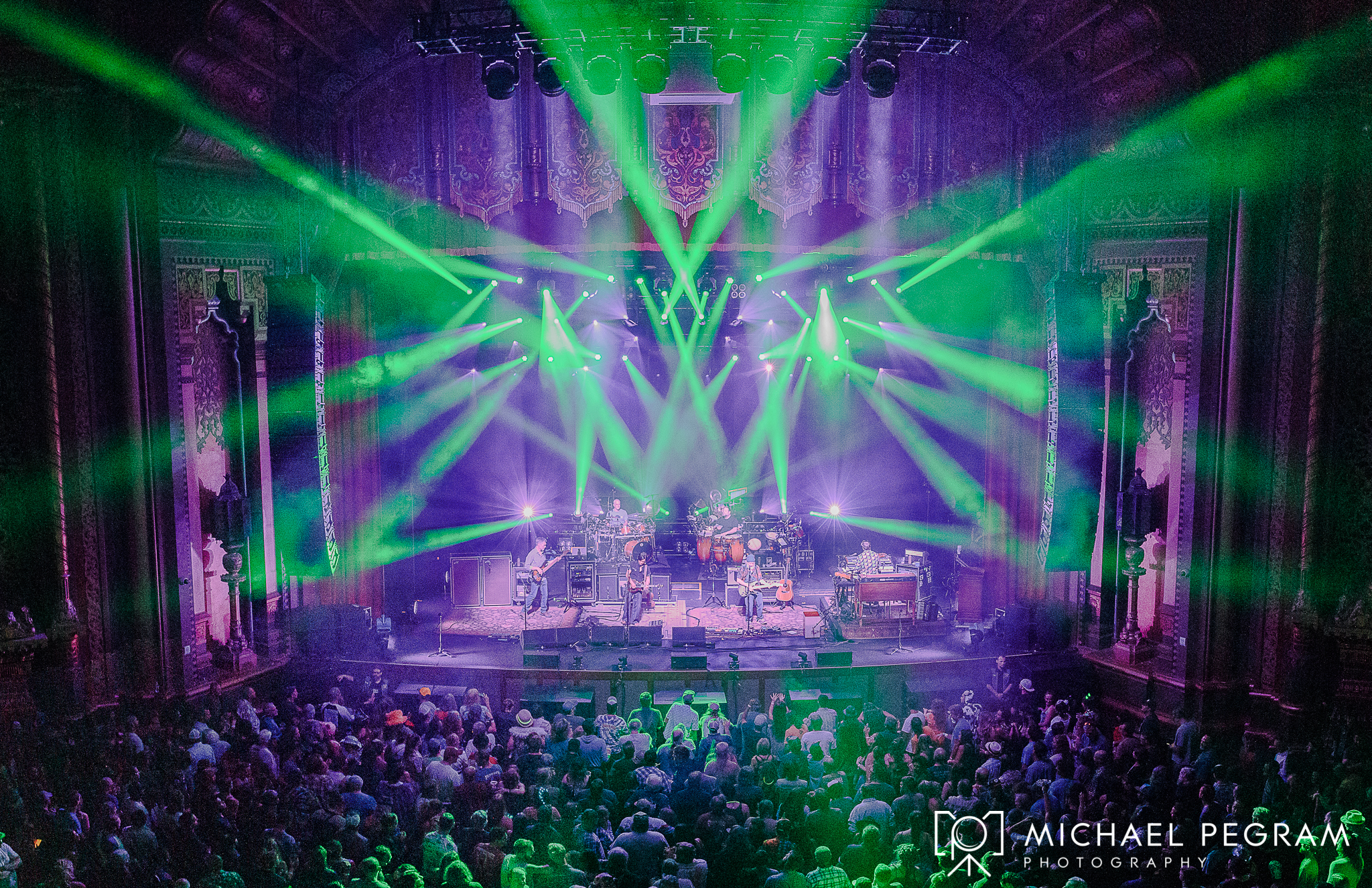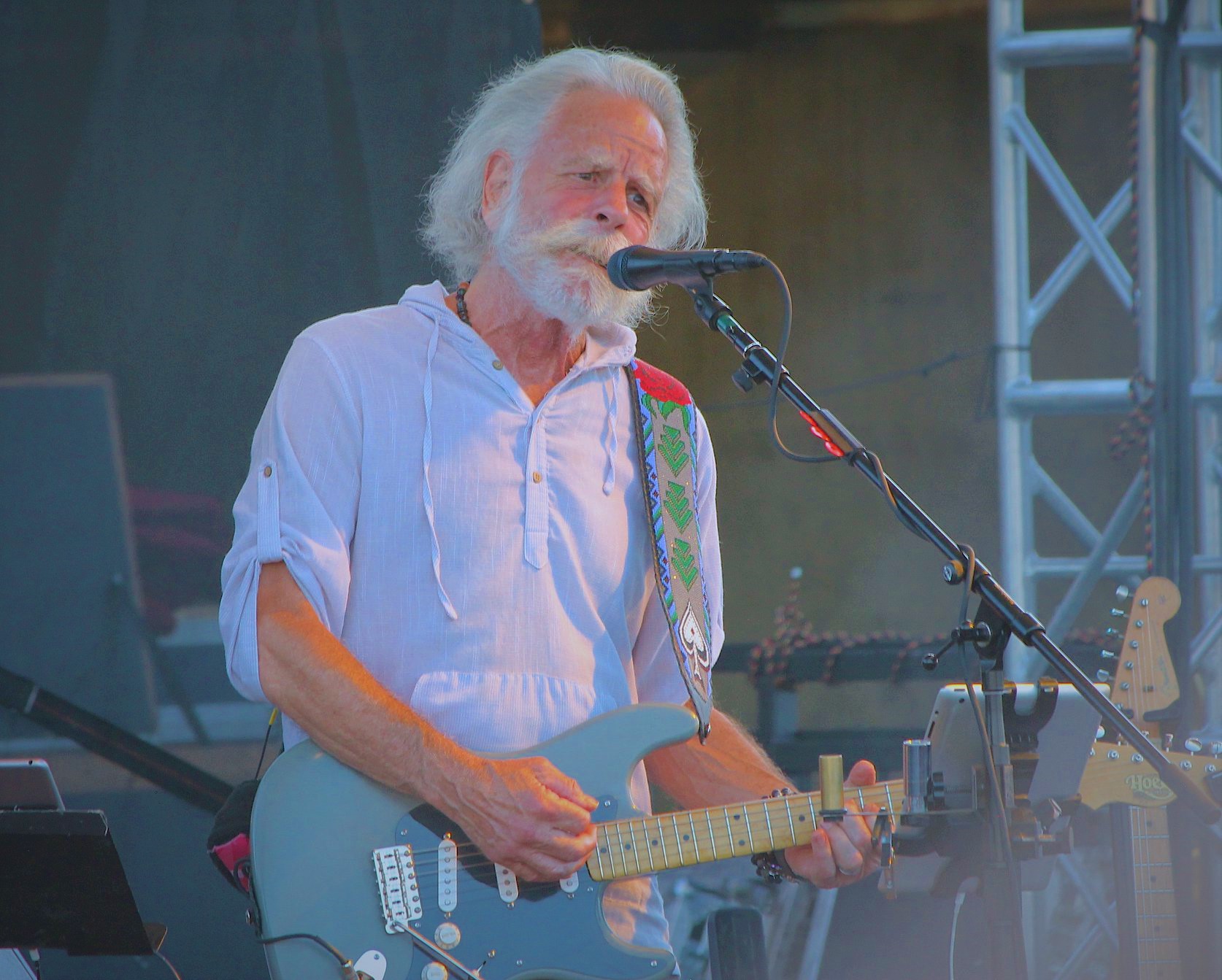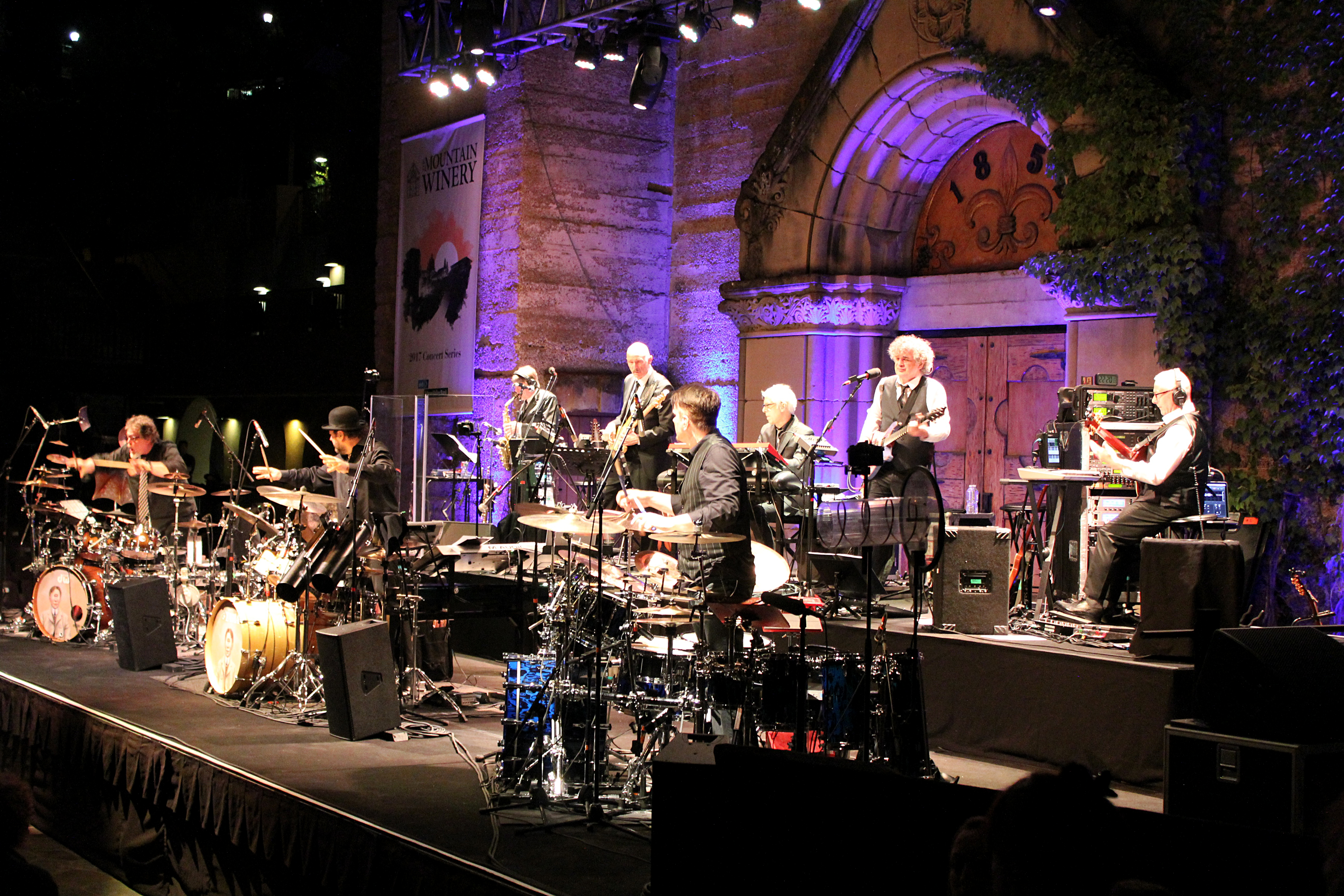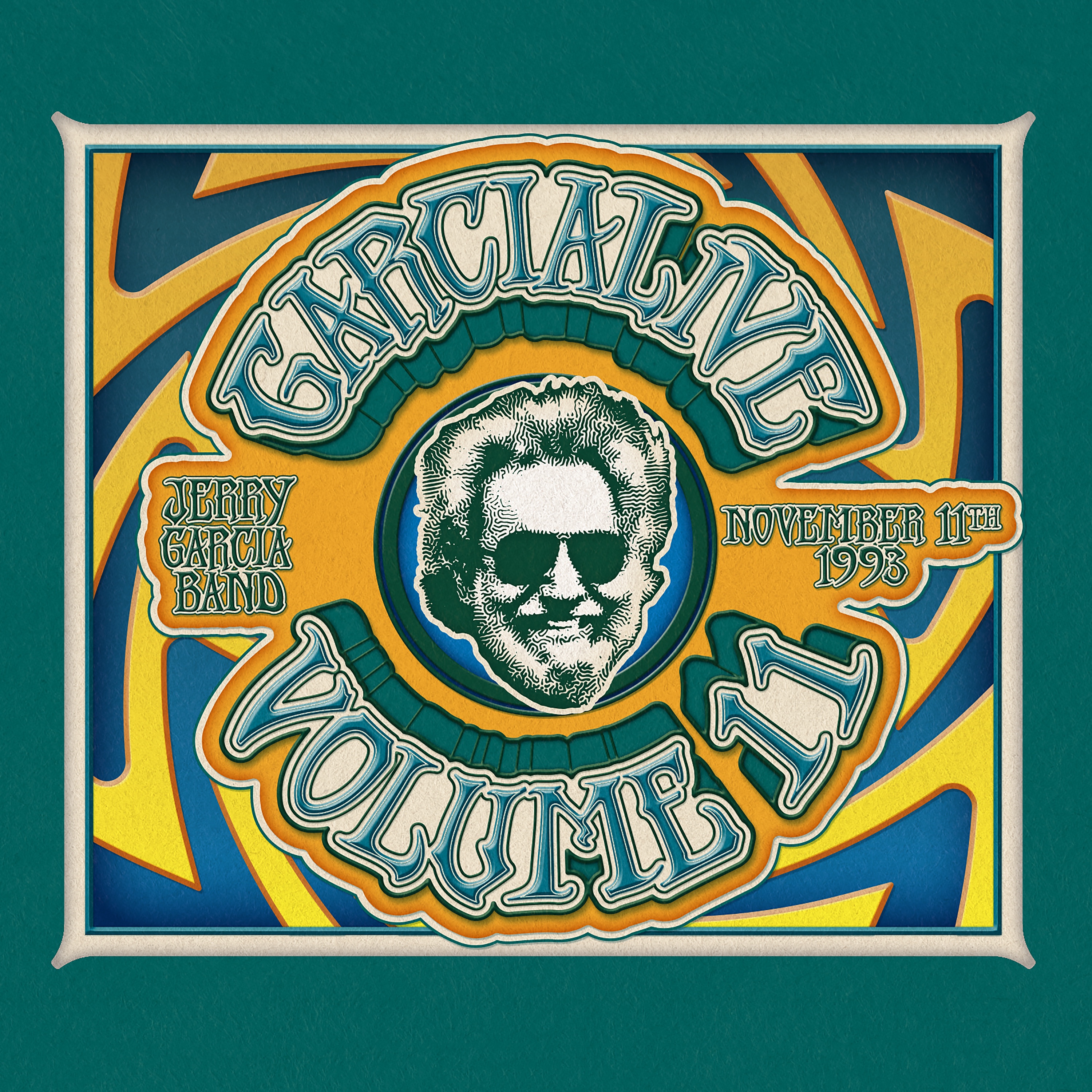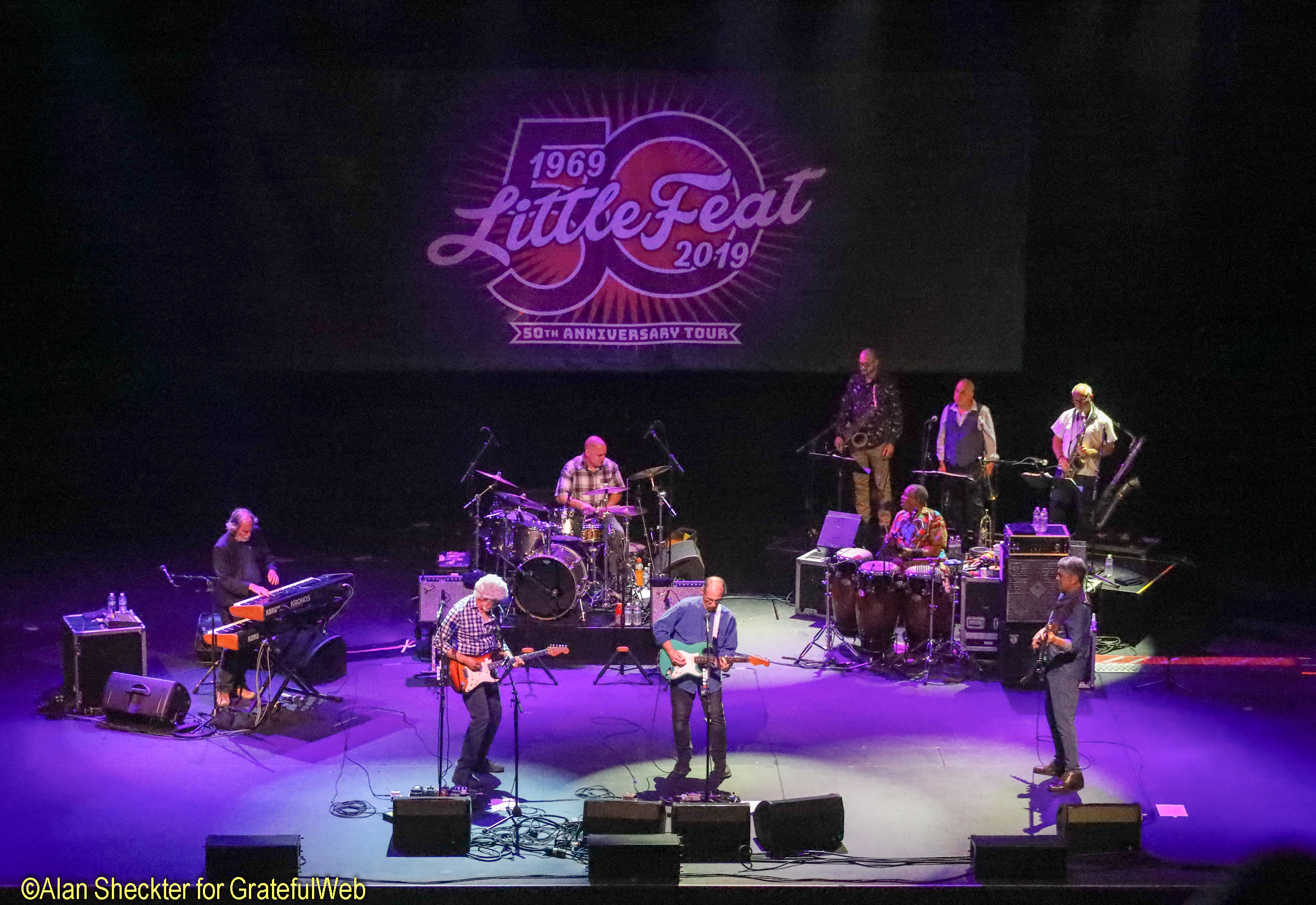Some years back, Grateful Web’s Dylan Muhlberg spoke with celebrated Jazz Fusion drummer Billy Cobham in the midst of a long-running 40th-anniversary celebratory tour of his groundbreaking debut album Spectrum (1973). Put simply, Cobham alongside contemporaries such as the late Tony Williams, changed drumming in jazz from then on. He’s immortalized in jazz history as the drummer on Miles Davis’ genre-defining Bitches Brew (1970) and later solidified as the drummer of the prototypical jazz fusion group Mahavishnu Orchestra on the group’s original renowned The Inner Mounting Flame (1971) and Birds of Fire (1973) records. It’s entirely sensible to argue Cobham is the most exceptional living jazz drummer from that sensational progressive era of late 1960s onward.
At age 73, Cobham hasn’t slowed a beat, “playing less notes better,” as he put it humbly in our 2015 interview. His first multi-date United States tour in years begins in Seattle on March 8th for a stint at Jazz Alley. Cobham has assembled some strikingly diverse players to pay tribute to his Earth-shattering Crosswinds (1974) album. Crosswinds, the follow up to his debut solo record Spectrum, was an ethereal yet expansive conjuring of elements including free-jazz, afro-beat, and funk. It became an influential and celebrated progression in fusion music.
GW: Do you recall what were you going through personally and musically during the time you recorded Crosswinds?
BC: With the success of the Spectrum album I was trying to find a musical handle on a formula that would act as my blue print for the Crosswinds presentation. I had the right musicians in people whom I knew would fit perfectly with the music that I had written. What I did not figure out was how to manage my concepts “off stage,” with a supporting cast that worked on my behalf to get my image and music in front of the right audiences. I was alone and less than a novice so; I had to fail before I could succeed. I was thinking in this way at that time, same as now. I can always be better and grow so, I try.
GW: Crosswinds featured truly virtuosic musicians: the late and great George Duke and Michael Brecker, along with Randy Brecker, John Abercrombie, and other marvelously diverse players. What was your relationship with these artists going into the studio? Did the players bring different musical ideas that you didn’t foresee?
BC: All of the musicians who took part in the Crosswinds recording had worked with me in the recording studios or in one band or another. In performance, I felt very comfortable working along side them which is part of the formula for success. It made the sessions at Electric Lady Land go by in a blink.
GW: And the rest is jazz history! The upcoming tour’s outstanding lineup for Crosswinds Project is comprised of Fareed Haque (guitar), Paul Hanson (bassoon & saxophone), Tim Landers (bass), and Scott Tibbs (keys). Why did you select these particular players for this material?
BC: I chose these musicians for what they bring to the table in terms of musical character: Paul Hanson is the first Bassoonist playing my music with electronic enhancement. When I place him in the front line with Fareed Haque on guitar, I find the combination a very unique quality and a detour from what I have been presenting of late. In Scott Tibbs I found a versatile, personality in terms of his approach to playing keyboards as soloist or support complementation and in the foundational approach working with Tim Landers, my bassist from Glass Menagerie days, I feel very comfortable with where this project can go.
GW: The cover art for the Crosswinds album was created using photographs you took. A rugged beachfront at dusk with a swirling sky-scape almost resembling the surface of planet Earth from space… What inspired the design? What does it say about the music contained?
BC: On a blustery day go to the region of Carmel, California, and you will see some of the most beautiful images each time you blink your eyes. I took those images there.
GW: When you toured behind the 40th anniversary of Spectrum, the music took new shape, and found you in that time and place. When you approached this revisiting of Crosswinds, how did the music find you in the current? Were there elements you knew couldn’t be recreated or others that you wanted to develop?
BC: The elements that I could not recreate were in the musicians who have passed away and could not join me. I have never been shy about revisiting my compositions when I hear something for them that I feel could make them sound better and show maturity. This was also a way of using my music as a yard stick to prove to myself that I was progressing as a student of the art. So, here we are revisiting Crosswinds with a fresh twist.
Billy Cobham Crosswinds Project tour dates:
Thursday, March 8-Sunday, March 11: Jazz Alley, Seattle, Washington
Tuesday, March 13 and Wednesday, March 14, 2018: Yoshi’s, Oakland, California
Thursday, March 15: Kuumbwa Jazz Center, Santa Cruz, California
Friday, March 16: Sunday, March 18: Blue Note Honolulu, Hawaii
Thursday, March 22: Jazz Cafe at Music Hall, Detroit, Michigan
Friday, March 23: Tralf Music Hall, Buffalo, New York
Saturday, March 24: The Center of the Artis in Natick, Natick, Massachusetts
Sunday, March 25: Albany, NY Swyer Theatre "The Egg”
Wednesday, March 28: Shank Theatre, Milwaukee, Wisconsin
Thursday, March 29: SPACE, Evanston, Illinois
Friday, March 30-Saturday, March 31: Jazz Kitchen, Indianapolis, Indiana
Monday, April 2: Birchmere, Alexandria, Virginia
Tuesday, April 3: BB King’s, New York City, New York
Wednesday, April 4: Colonial Theatre, Phoenixville, Pennsylvania
Thursday, April 5: Mauch Chunk Opera House, Jim Thorpe, Pennsylvania





